GAINING THE EDGE: The Power & Impact of Sport Science
Special Interview with Dawn Scott / WNT Fitness Coach & Sport Performance Director
High-performance sports science can make the decisive difference, even for the world’s best soccer players — and harnessing that power for the U.S. Soccer Women’s National Team is Dawn Scott. It is more than a ‘Secret Sauce’ — the science of the human body performing at peak levels plays a major role in the success of an athlete and a sports’ team. With the love of the beautiful game combined with the intelligence of a scientist, Scott guides and protects the players who compete wearing our crest. Her job is to maximize their abilities and to green-light athletes. Here Scott shares her journey and insights.
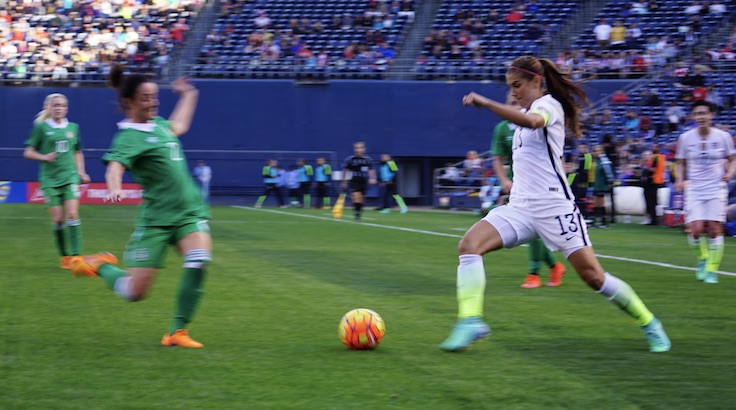
Diane Scavuzzo: You are the Sports Performance Director for the U.S. Soccer Women’s National Team. What do you think is the biggest mistake young girl soccer players make, when it comes to their fitness?
Dawn Scott: There are a lot of demands on young players to ultimately play too many games, and they don’t necessarily do the preparation training to prepare them for that volume of game play.
Ultimately those factors combined increase the risk of injury and burnout of younger players.
Linked to that is neglecting strength training — even at the younger ages, body weight strength/squat/lunge will help to develop basic movement patterns.

I also believe the lack of attention to recovery, hydration and nutrition is an issue.
During major tournaments — like the World Cup — at the senior level, there are three to five days between games, yet a lot of youth players are asked to compete in 2 games in two days, or worse, play 2 games in one day.
There is no way the body can be physically recovered by game 2, so the player already starts game #2 with an increased risk of injury.
Diane Scavuzzo: What is the accomplishment that you are most proud of?
Dawn Scott: I will always be proud of being part of the support team when England reached the Final of the 2009 European Championships, and the USA winning gold at my first Olympics — with the final being at a sold out Wembley stadium, it was an amazing experience.
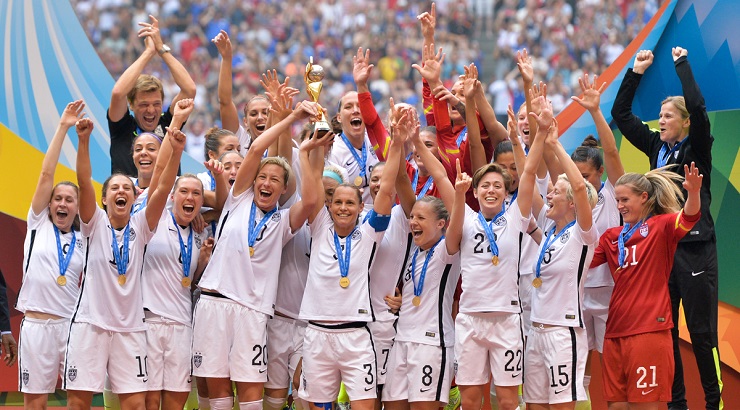
But ultimately, in soccer, the World Cup is ‘THE one’ and having come so close in 2011, there was a lot of pressure on Jill and the team for success in 2015, so to be part of that journey in Canada was an unforgettable experience.
Seeing how much it meant and the significance to the players as well as to the USA as a whole — and how it has inspired so many others to get involved in women’s soccer, the concomitant growth of the NWSL — it has just truly been an honor to have been part of that whole process.
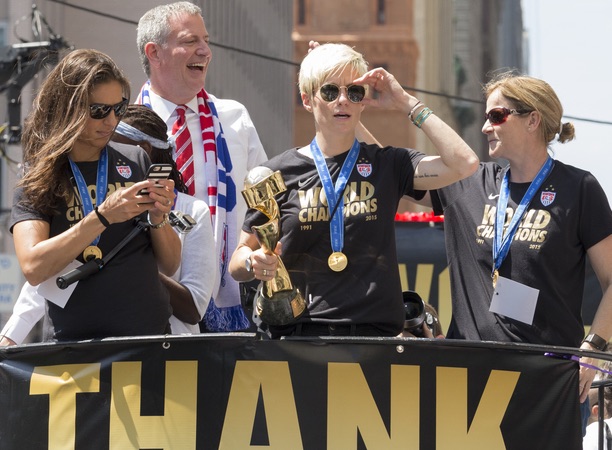
Diane Scavuzzo, What has been your biggest challenge?
Dawn Scott: Initially, and still to some extent now, when I came to the USA, sport science was a new area of support for players. Soccer players have always had technical coaches and medical support staff, but nobody really knew what sport science encompassed.

Figure 1 shows a summary of some of the areas of sport science which I oversee. I have very close communication with the technical coaches, medical staff, general manager and of course the players themselves.
So I would say, because nobody really knew what I did — nor what I was supposed to do, developing communication and working relationships with the key staff was crucial to ensure an integrated support system for the players.
The other big challenge was improving the training environments in the NWSL teams. Following the U.S. WNT success in 2015, I had many meetings with the hierarchy at USSF to discuss ways we could help support the teams better. In 2016, we introduced GPS, HR and wellness monitoring to all teams so that the clubs can more accurately monitor, plan and prescribe the training and game loads for players.
USSF/NWSL also employed a full time sport scientist dedicated to the league who I work with very closely. This month, we hosted a 3-day workshop for the sport scientists working with those teams to continue to grow and develop the support we offer the teams.
Diane Scavuzzo: What inspires you?
Dawn Scott: First and foremost …
The players inspire me every single day as they all sacrifice so much to be at the level they train and compete.
The commitment and application of players like Kelly Smith, Karen Carney, Christie Rampone, Abby Wambach, Heather O’Reilly, Lauren Holiday, Shannon Boxx, to name a few, as well as the current U.S. National team players, never ceases to amaze me, and for sure motivates me to be better at what I do and learn every single day.
I have also been very privileged to work with the best coaches in the World in the women’s game, with predominately Hope, Pia and now Jill Ellis, as well as the many youth coaches I have worked with in England and here in the US.

I think anyone working in soccer at any level generally commits a lot of time and effort to their role — I feel it is ultimately satisfying to see players grow and continually push boundaries, as well as seeing the women’s game continue to flourish worldwide.
Diane Scavuzzo: What is the most avoidable injury women face in soccer? Or what is the injury can the risk be most reduced with proper strength and conditioning?
Dawn Scott: I am not sure any injury is totally avoidable, but you can for sure implement strategies to try to minimize injury risk.
Firstly, accurate monitoring of the training and game loads of individual players is crucial, as well as the self-reported wellness of players, hence the introduction of those tools to the NWSL.
A training threshold for one player is not necessarily the same for all players, so firstly can you determine how individual players tolerate game demands and training loads.
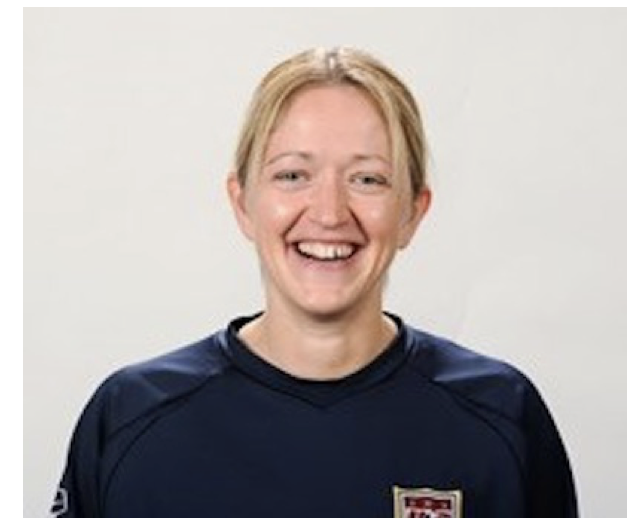
I feel that strength is such a crucial element of any physical training plan, and is the basis to develop all other elements of fitness such as endurance, speed, power, agility … I feel that the diligence of the players to their prehab and lifting programs in 2015 was a key element of their success that summer.
We didn’t experience any injuries throughout the tournament, and the physical data showed that we covered more of the higher intensity/explosive physical outcomes as the tournament progressed.
The other element for reducing injury risk is the recovery strategies employed by players. Some players commit so much to the training but pay less attention to their recovery — when that is when their body adapts/becomes fitter and more resilient.
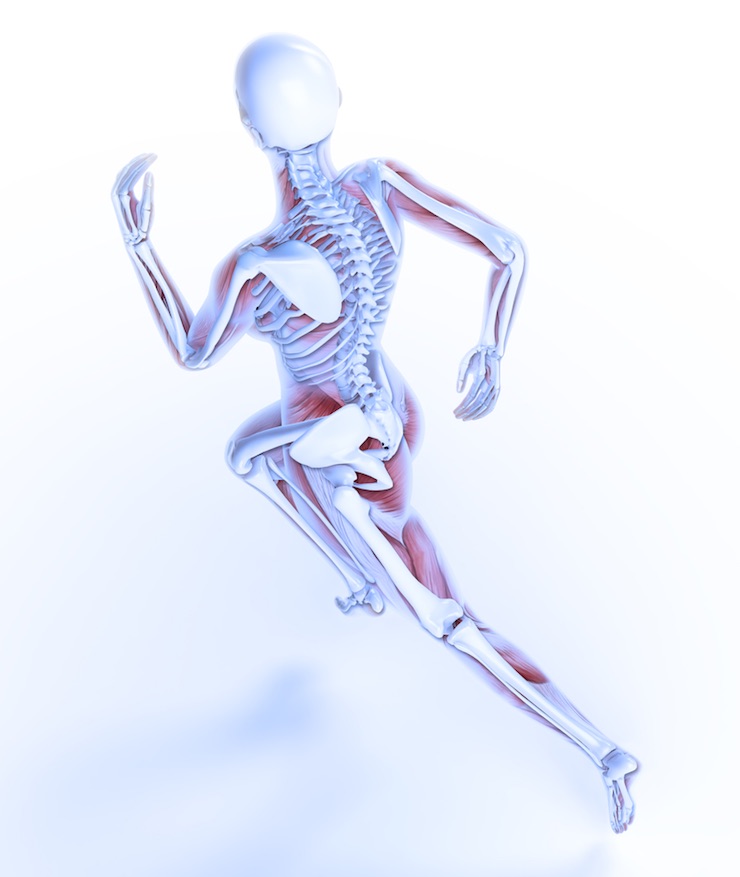 So, I would urge any player to review the recovery they do post training/game as I always like to say to the players ‘as soon as you finish one session/game you are preparing for your next session/game’.
So, I would urge any player to review the recovery they do post training/game as I always like to say to the players ‘as soon as you finish one session/game you are preparing for your next session/game’.
Do as many recovery strategies as you can as they will all accrue small benefits giving you a bigger gain overall.
Diane Scavuzzo: When did you first become involved with soccer and coaching? What was your journey like?
Dawn Scott: I am not necessarily a ‘technical’ coach but more a “fitness’ coach or more specifically, a sport scientist which encompasses the physical preparation, monitoring and recovery of players.
I grew up in England watching the EPL — the Division 1 as it was called back then — and I was a season ticket holder at Newcastle United.
When I was young, there weren’t many opportunities for girls to play soccer, so I used to put jumpers for goalposts down and play in the street with the boys.
Sport Science was also pretty new when I went studied to Manchester Metropolitan University in 1993, and then followed it with a Masters in Sports Nutrition at Aberdeen University in 1996.
There weren’t many jobs at the time to become involved in sport, and even fewer in English soccer, so I taught Sport Science at Worcester University for 3 and a half years. The English Football Association eventually expanded its Medical and Sport Science Department and I was fortunate to get a job working there as part of Hope Powell’s support team for England’s Women’s National Soccer Team in 2001.
My role, at the time, was to introduce a sport science support program to the senior team, and trickle that support all the way down to the England youth national teams.
Today, the players are now full-time professional players but when I first started, the players were all amateur — training 1-2 times per week with their clubs and working full time doing anything from mail delivery to teaching. I would develop training programs they could do alongside their work commitments. Over time and with more money dedicated to the development of the women’s game, the players were given FA contracts — meaning they could work less hours and have an increasing amount of time available that they could commit to training.
We qualified for the 2007 World Cup Finals, reaching the Quarter Finals before the USA beat us 4-0. The team then reached the Final of the 2009 European Championships, where we got beat by a strong and dominant German team, but it was a great achievement.
Early in 2010 I joined US Soccer Federation to become part of Pia Sundhage’s support team, and have been with the team and Federation ever since.







